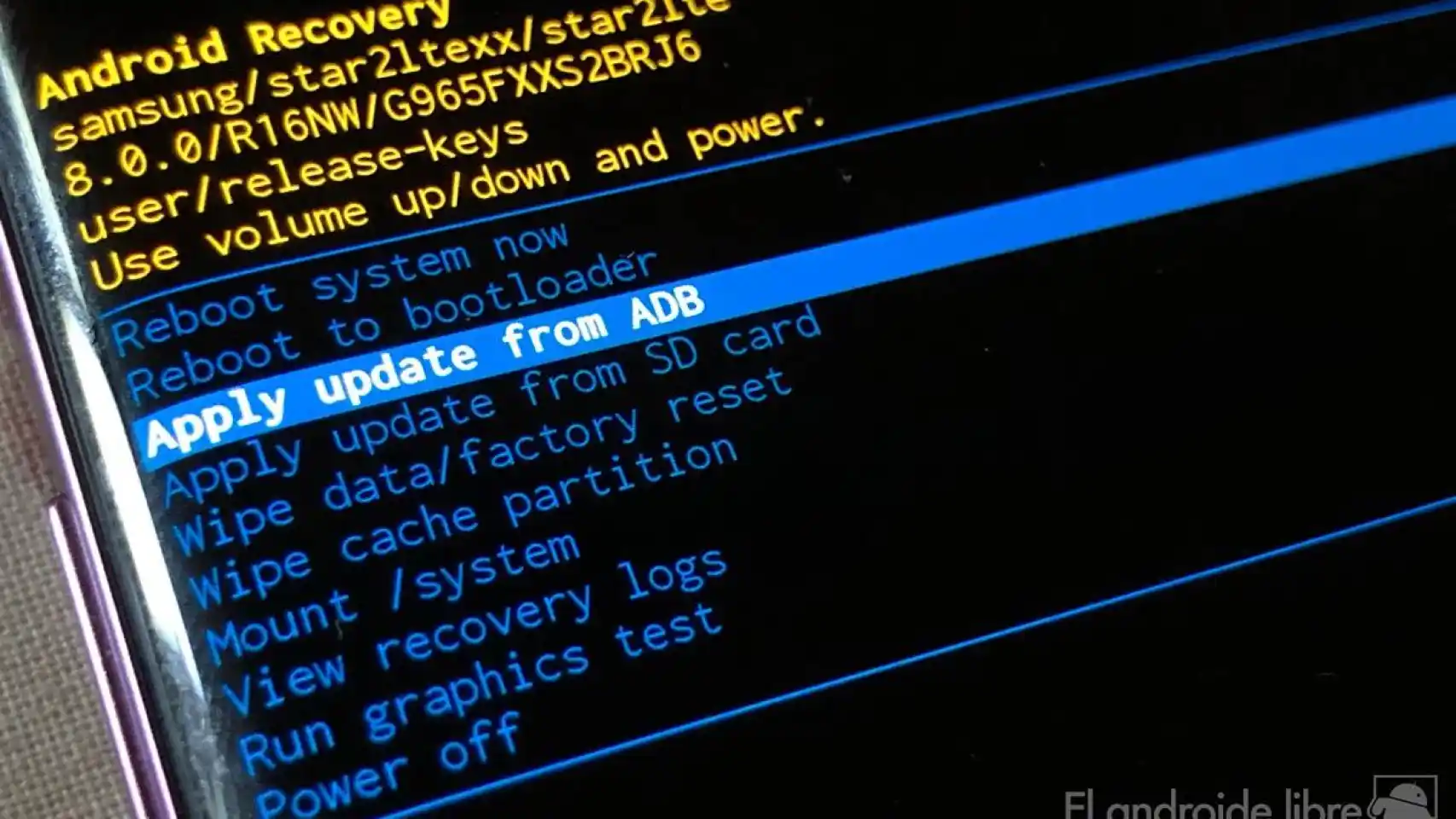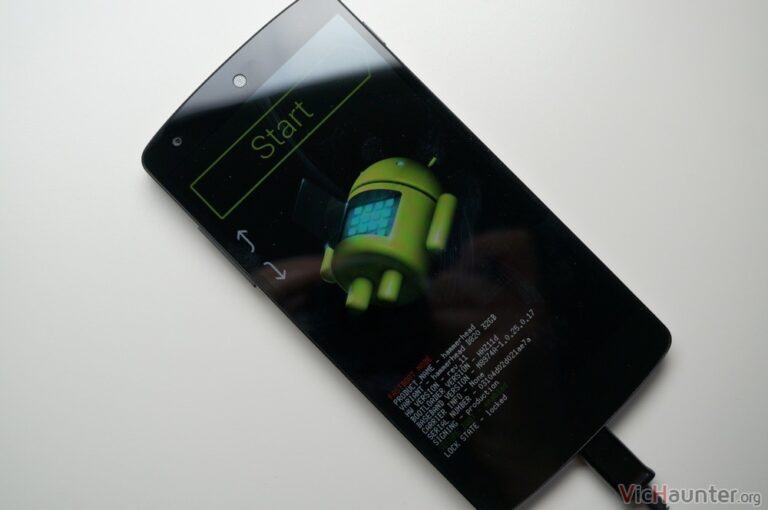Updating your Sonim device via ADB (Android Debug Bridge) and Fastboot is essential for maintaining optimal performance, improving security, and ensuring you have the latest features. This comprehensive guide will walk you through the entire process, offering detailed insights and helpful tips along the way.
Understanding ADB and Fastboot
What is ADB?
ADB is a command-line tool that provides a connection between your computer and your Android device. It allows you to execute commands, install applications, and access system logs. With ADB, you can perform various tasks, such as:
- Installing and uninstalling apps
- Running shell commands
- Copying files to and from your device
What is Fastboot?
Fastboot is a protocol that enables you to modify the Android file system from your computer. It is especially useful for flashing system images, unlocking bootloaders, and updating your device. Key features include:
- Flashing firmware images
- Unlocking the bootloader
- Recovering a bricked device
Prerequisites for Updating Your Sonim Device
Before proceeding with the update, ensure you have the following:
| Requirement | Description |
|---|---|
| USB Cable | A good quality USB cable to connect your device. |
| ADB and Fastboot Tools | Download and install the Android SDK Platform Tools. |
| USB Drivers | Proper drivers for your Sonim device installed. |
| Backup Your Data | Important to prevent data loss during the update. |
| USB Debugging Enabled | Go to Settings > Developer options and enable USB debugging. |
Steps to Update Your Sonim Device via ADB and Fastboot

Step 1: Connect Your Device
- Connect the Device: Use a USB cable to connect your Sonim device to your computer.
- Open Command Prompt/Terminal: On your computer, open a command prompt (Windows) or terminal (Mac/Linux).
Step 2: Verify ADB Connection
To ensure your device is recognized, enter the following command:
You should see your device listed. If it doesn’t appear, check your USB connection and drivers.
Step 3: Boot into Fastboot Mode
To enter Fastboot mode, use the command:
Alternatively, manually boot into Fastboot by powering off your device and holding the power and volume down buttons together.
Step 4: Verify Fastboot Connection
Once in Fastboot mode, check if your device is detected:
Your device should be listed. If not, troubleshoot USB connections.
Step 5: Download the Update
Download the appropriate firmware for your Sonim device from the official Sonim website. Make sure the firmware is compatible with your specific device model.
Step 6: Flash the Update
- Move the Firmware: Place the downloaded firmware file in the same directory as ADB and Fastboot.
- Flash the Update: Use the following command to flash the firmware:
Example: To update the system partition, the command may look like this:
Step 7: Reboot Your Device
After the flashing process is complete, reboot your device with the command:
Your Sonim device will restart, and the updates will be applied.
Troubleshooting Common Issues

| Issue | Solution |
|---|---|
| Device Not Recognized | Check USB debugging settings and drivers. |
| Fastboot Command Fails | Ensure the correct filename and partition are used. |
| Boot Loop After Update | Perform a factory reset from recovery mode. |
Conclusion
Updating your Sonim device via ADB and Fastboot is a crucial process that helps maintain your device’s performance and security. By following this detailed guide, you can easily execute updates and enjoy the latest features on your device. Always remember to back up your data before starting the process and proceed with caution to avoid any complications.
FAQs
1. What is the Sonim update via ADB and Fastboot process?
The Sonim update via ADB and Fastboot process involves using ADB (Android Debug Bridge) to connect your Sonim device to a computer and Fastboot to flash firmware updates. This method allows you to install the latest updates directly to your device’s system, enhancing performance and security.
2. How do I prepare for a Sonim update via ADB and Fastboot?
To prepare for a Sonim update via ADB and Fastboot, you need to ensure that:
- You have a reliable USB cable and the necessary drivers installed.
- ADB and Fastboot tools are downloaded on your computer.
- USB debugging is enabled on your Sonim device.
- You back up any important data to prevent loss during the update.
3. What should I do if my device is not recognized during the Sonim update via ADB and Fastboot?
If your device is not recognized during the Sonim update via ADB and Fastboot, check the following:
- Ensure USB debugging is enabled on your device.
- Verify that the USB cable and ports are functioning correctly.
- Make sure you have the appropriate USB drivers installed for your Sonim device.
4. Can I use Sonim update via ADB and Fastboot to revert to a previous firmware version?
Yes, you can use the Sonim update via ADB and Fastboot to revert to a previous firmware version by flashing the older firmware file using the same Fastboot commands. However, ensure that the firmware is compatible with your device model.
5. What are the risks involved in the Sonim update via ADB and Fastboot?
The risks involved in the Sonim update via ADB and Fastboot include:
- Potential data loss if you do not back up your information beforehand.
- The possibility of bricking your device if incorrect commands or incompatible firmware are used.
- Boot loops or other software issues may arise if the update process is not executed correctly.
By addressing these FAQs, you can better understand the Sonim update via ADB and Fastboot process and prepare effectively for your device update.
